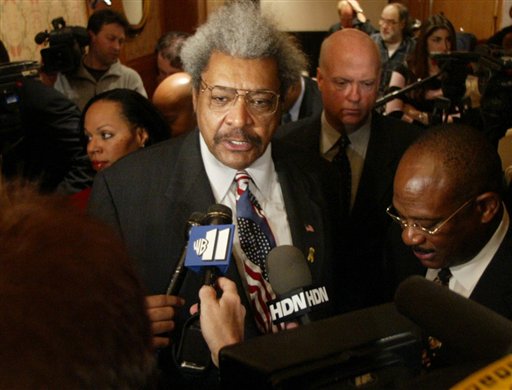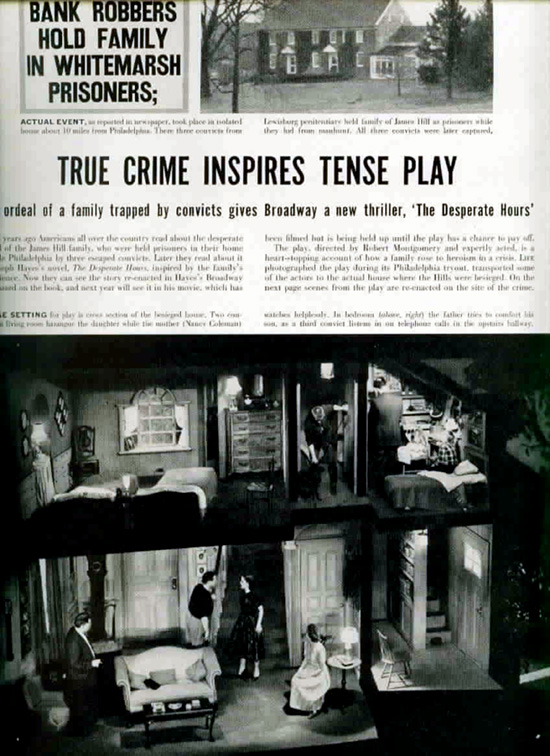False Light: What is False Light?
False light invasion of privacy is a cause of action for portraying an individual unflatteringly in words or pictures as someone or something that person is not.
Some states recognize the concept by either common law or statute, although several states have explicitly rejected it.
False light invasion of privacy is not protected by the First Amendment
In Time, Inc. v. Hill (1967) and Cantrell v. Forest City Publishing Co. (1974), the Supreme Court sanctioned the claim as exempt from First Amendment protection.
As defined by the Restatement (Second) of Torts (1977), an individual who publicly gives such a false impression is subject to a false light claim if two criteria are met:
- The false impression would be highly offensive to a reasonable person, and
- The actor knew the impression was false, or acted with a reckless disregard as to the falsity of the publicized matter and the false light in which the victim would be placed.
‘Actual malice’ is required for false light cases in matters of legitimate public concern
The second criterion is referred to as “actual malice,” a concept from defamation law.
In Time, Inc. v. Hill, the Supreme Court added this requirement to the “false light” tort for cases involving matters of legitimate public concern.
However, this requirement was muddled somewhat by a subsequent Court case, Gertz v. Robert Welch, Inc. (1974). In this defamation case, the Court held that “actual malice” applies only to plaintiffs who are “public figures.” As a result, although most states follow the Time formulation and require “actual malice” for all matters of public concern regardless of the status of the plaintiff, some courts apply a lower standard, often negligence, to cases involving “private figures.”

Corporations can not sue for false light
Unlike libel and slander, which are meant to compensate for injury to reputation, the false light tort is meant to compensate for hurt feelings. Thus a corporation cannot sue for false light.
Despite the different nature of false light, some courts have refused to recognize the tort on the grounds that it is too similar to defamation — see, for example, Denver Publishing Co. v. Bueno (Colo. 2002) — while others will not allow the same plaintiff to make both defamation and false light claims — see, for example, Kapellas v. Kofman (Cal. 1969), footnote 16.
False light claims do not always have to show false statements
Another difference between false light and defamation relates to the requirement of a false statement.
Plaintiffs making both types of claims are generally required to show that the statement at issue was false, but some courts have allowed plaintiffs to make false light claims when facts were presented in such as way as to give an overall false impression.
For example, in Braun v. Flynt (5th Cir. 1984), the circuit court allowed a woman who was pictured in a men’s magazine to sue for the overall impression given by publication of her (nonexplicit) photo in such a magazine.
This article was originally published in 2009. Eric P. Robinson is an attorney and scholar focused on legal issues involving the media, including the internet and social media. He is currently Assistant Professor in the School of Journalism and Mass Communications at the University of South Carolina and is also “of counsel” to Fenno Law in Charleston/Mount Pleasant, South Carolina, which focuses on media and internet law.
By Eric P. Robinson cited https://mtsu.edu/first-amendment/article/957/false-light

